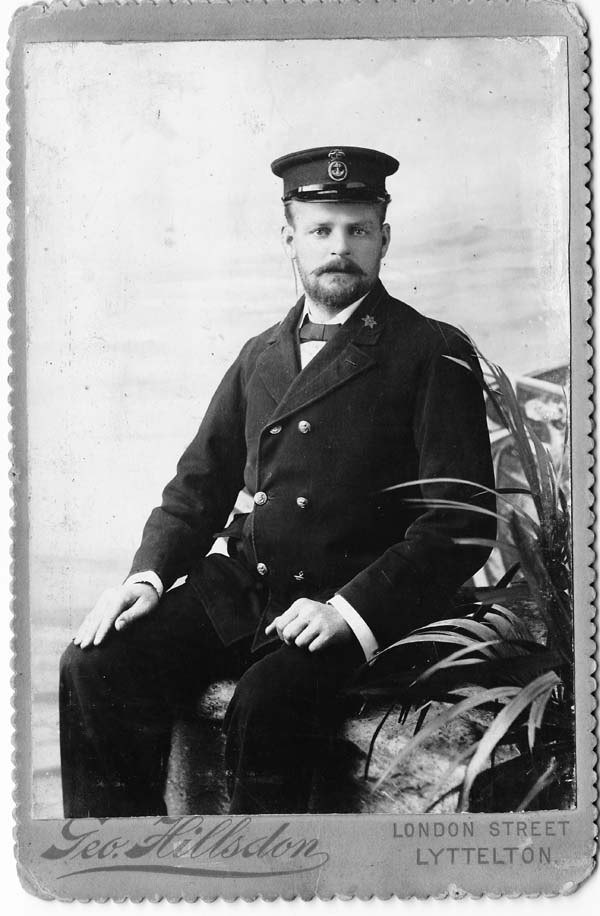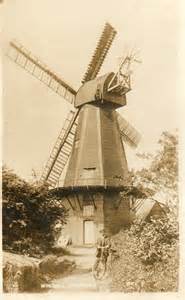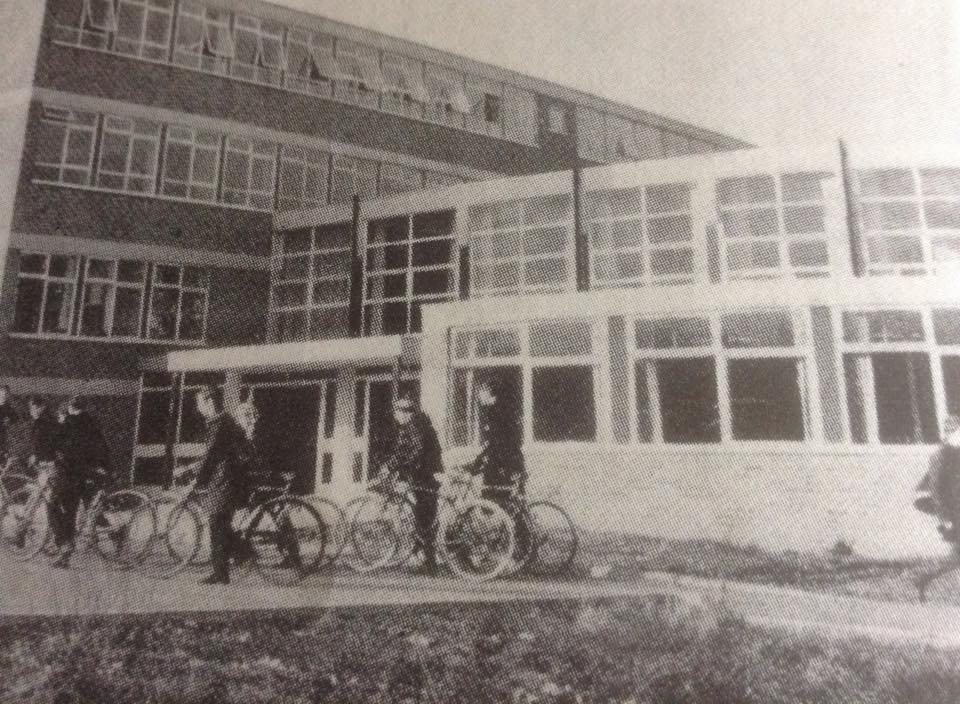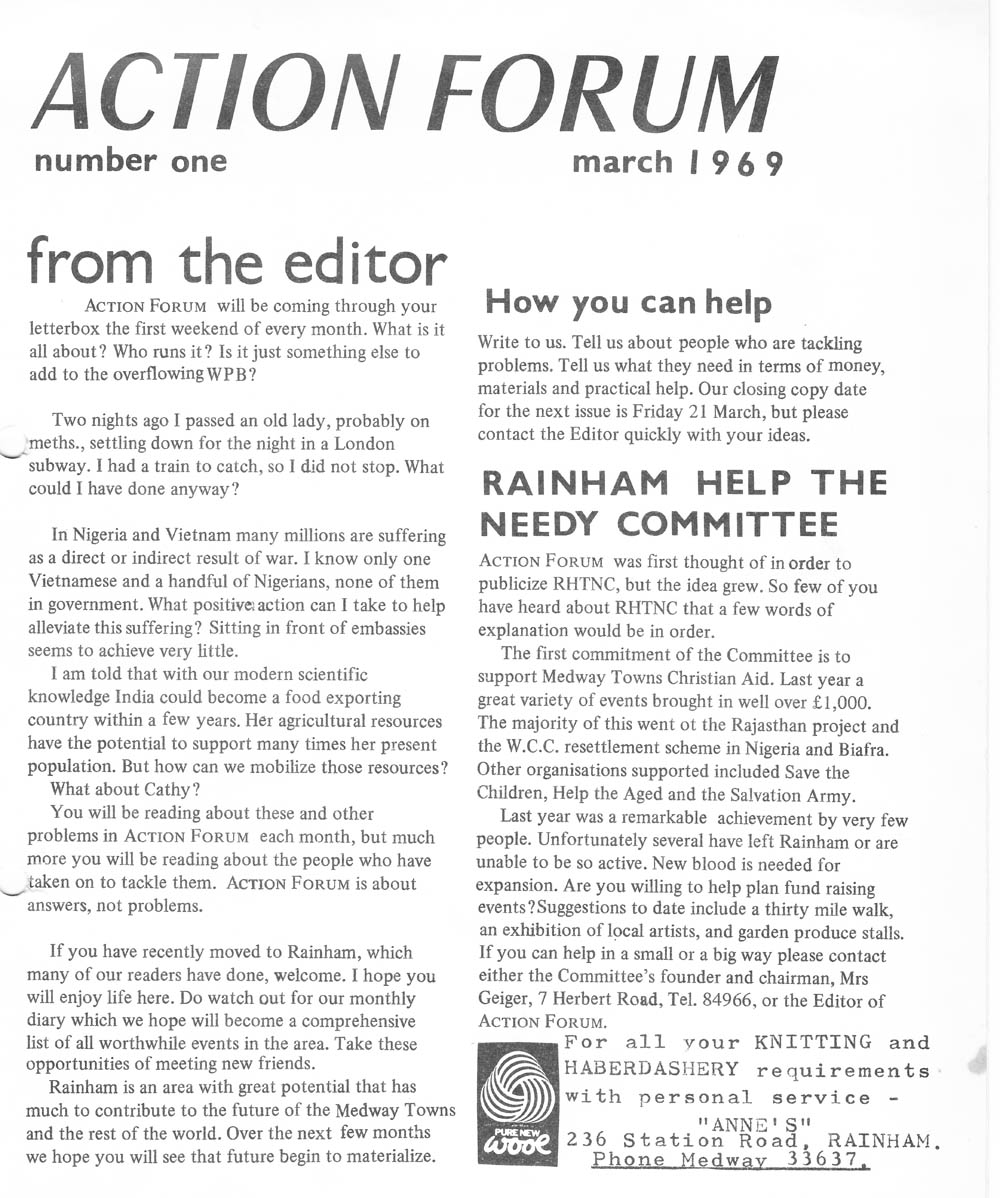Rainham in the Opening Months of World War 1
Rainham in the Opening Months of World War 1
When war broke out in July 1914 life in Rainham continued as normal with various events taking place like the Rainham fete when over 1,000 children participated in a procession around the village followed by a gymnastics display and music by the Salvation Army on the Recreation Ground. Soon after this The Rainham Flower Show, the biggest annual event in the village, took place with about 1,400 people attending at the Recreation Ground. Visitors were entertained by the band of the Royal Engineers and sports events involving local schools, while entries of flowers, fruit and vegetables were judged. Later at Prize Giving Day held in the Council School in Solomon Road, prizes were awarded by Mr and Mrs Sid Wakeley. Pupils of different ages performed songs with the most memorable being infants dressed as little Japanese maids followed by an upper school girl’s display of physical exercises.
The first evidence of war related activity occurred in late July when girls at the Church of England School were asked to bring a penny each which provided linen for a bandage ready for hospital use to treat wounded soldiers and sailors. Mrs Penfold, wife of Dr Penfold thought of the idea. Soon after this 106 parishioners were sworn in as special constables at the Church of England School. Their job was to patrol Rainham during the war period and seek out any possible German spies. A committee led by The Lion Hotel publican Phil Curling acting as chief of Staff was set up to oversee this.

Arthur Percy Light who died during the First World War
During August Rainham parish councillors led by Dr Penfold made a house to house collection for the Prince of Wales War Fund which raised £100. A recruiting rally held in Rainham Church Hall followed with the aim of persuading local men to join the forces and fight in the war. Dr Penfold acted as chairman while speakers included local MP Mr Granville Wheeler and captain A G Hendry. A second rally took place in early September outside the Church School in Station Road. With a large number of men assembled in the road MP Mr Granville Wheeler, Mr Payne, Colonel Honeyball and Reverend Tamplin gave speeches. Reverend Tamplin gave a particularly stirring speech asking every man to do his duty against Germany as he recalled the famous British victories at Trafalgar and Waterloo. Later in October the East Kent Yeomanry held a recruiting rally in Station Road and six men joined up. These included William Barrett, Seymour Wilkins and Tom Russell from Station Road, Len Belsey and Frank Brock from Orchard Street and Sid Finn from Moor Street. Honorary recruiting agents for Rainham included Mr E Holdstock from Orchard Street, Mr E Pierce from Chapel Lane and Mr F Mattocks from Station Road.
In September the first war casualties were announced with Tom Anderson reported killed in action while serving with the Northumberland Fusiliers at Mons. Ernie Carter who served as a private in the Royal Marines Light Infantry died when his ship HMS Aboukir was sunk by a German submarine. Joe French aged 31 from Lower Rainham died on the same day when HMS Cressy on which he was serving got torpedoed by a German submarine with the loss of 560 crew members. Chief Petty Officer John Wood aged 38 of 99 Station Road also died when his ship HMS Pathfinder was sunk by a German submarine in the North Sea. He was one of 200 men to die on the vessel. He left a wife and a five year old son. Another death took place under unfortunate circumstances when 17 year old Wilfred Ray from Bredhurst Road accidently shot himself with a revolver while on duty as a territorial in Sheerness. A verdict of accidental death was given after an inquest. At about this time the tenor bell in Rainham church tower rang out at noon every day so that people could remember and say a prayer for those men fighting in the war.
In October a powerful explosion in the high street caused residents to rush out of their homes and into the street thinking that a German plane or airship had dropped a bomb. It turned out to be a gas explosion resulting from a gas leak in the scullery of the Lion Hotel which injured Mrs Curling who was working there at the time. As Mrs Curling lit the stove the resulting explosion threw her across the room, the iron stove door was blown off and hit her in the legs while the stove was blown to pieces. Luckily, Mrs Curling only suffered bruising and shock. A month later a huge explosion on the River Medway rocked the village when HMS Bulwark exploded and sank to the bottom of the river with the loss of 750 men. Early reports indicated that this had been instigated by German agents but an investigation showed that it had been caused by an accidental ignition of ammunition. The event turned out to be the second worst accidental destruction of a Royal Naval vessel in British maritime history. For weeks after the explosion bodies were washed ashore. In December the body of a sailor from the ship was washed ashore at Bartlett’s Creek in Lower Rainham and was eventually identified as ordinary seaman John Porter aged 19.
As the war progressed permission was given to Rainham Parish Council to keep the gas lights in the high street switched on through the night until daylight on the basis that the special constables patrolling the streets would be able to guard the telegraph wires more efficiently with street lighting. German spies were the biggest fear with regard to this and two Germans working for Wakeley Brothers were arrested under the Aliens Order by Sergeant Pattenden and sent to a prison in Olympia.
In November 1914 moves were made to raise money for Belgian refugees after the Germans had invaded the country. Garments were made for Belgian children by the local branch of the Girls Friendly Society under the direction of vicar’s wife Mrs Tamplin. The garments were packed and sent to the Belgian refugees headquarters in London. A concert by Rainham Co-operative Society in aid of the Belgian Refugees Fund at the Council School followed this. Regarded as the best concert to have taken place in Rainham for years a range of songs, music and Scottish dancing were presented by local performers. This resulted in £28 being raised for the fund and supplemented with a further £2 after publican Phil Curling had set up a match fund by selling boxes of matches for 1d a box.
Several months into the war a 20 year old man appeared on the streets of Rainham limping and dressed in the uniform of a Royal Marine. He claimed that he had been wounded while fighting for the British army in Antwerp. He twice attended services at St Margaret’s church on the same day looking for sympathy and board and lodgings and after telling people about his experiences fighting in Belgium he agreed to give talks about the war at local Rainham schools. He also obtained foodstuffs from Thomas Crump, a baker in Station Road by suspected deception. This raised the suspicion of the police who arrested him for fraud and he appeared before Sittingbourne Magistrates Court. Identified as private Ernest Williams of the Royal Marines stationed in Chatham, Investigations revealed that there was nothing wrong with his leg, he had not fought abroad, he had obtained food at Thomas Crump’s bakery by deception and that he had broken his leave from the army. He also had previous convictions for larceny. He was sentenced to three months hard labour.
With the war in full swing and more regular reports of deaths and casualties, Private Arthur Gore of the Royal West Surrey Regiment returned home to 45 Ivy Street to recover from his wounds sustained while taking part in the Battle of Ypres. The 21 year old had fought in trenches only fifteen yards away from German trenches and was struck in the top of the head with a bullet during the course of heavy fighting. As he fell back another bullet struck him in the eye and he lay unconscious for five hours until he came around and managed to make his way to a village about half a mile away where he received treatment. He was then sent to hospital in Le Havre where his damaged eye was removed. He moved on to the Royal Eye Hospital in Manchester for another operation and was then sent home to rest.
As the war progressed through the remainder of 1914 it soon became apparent that the conflict with predicted glorious cavalry and infantry charges, which government propaganda had earlier announced, would last for much longer than weeks. Instead, the conflict became a bloody war of attrition with huge casualties and both sides getting bogged down in trench warfare that lasted for four years.






















































































































































